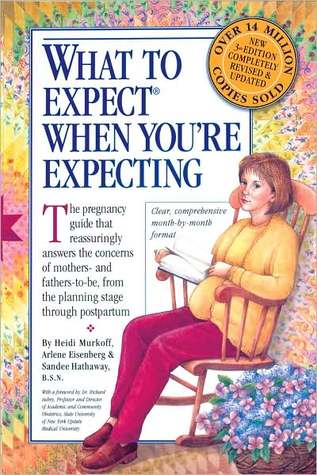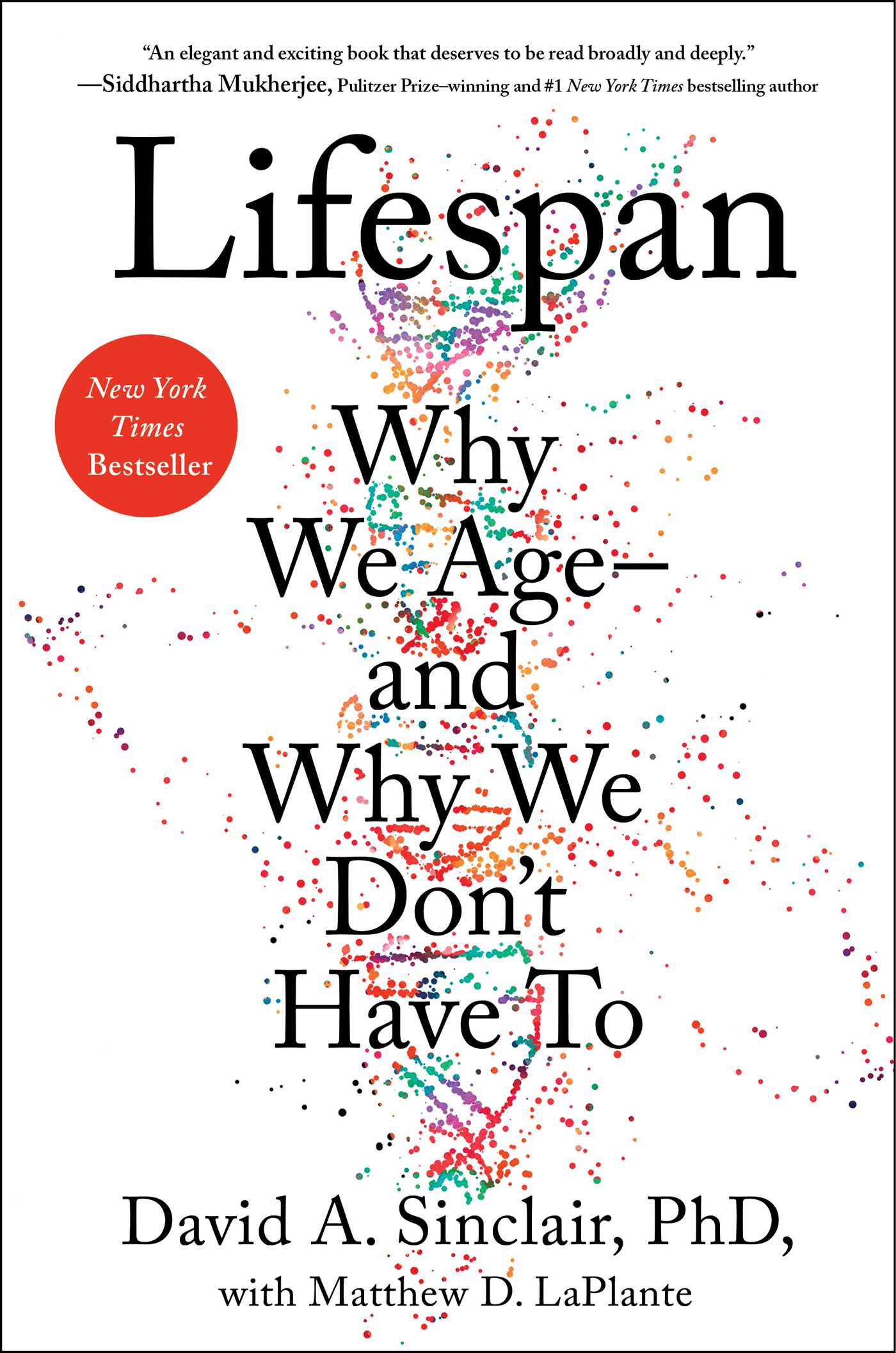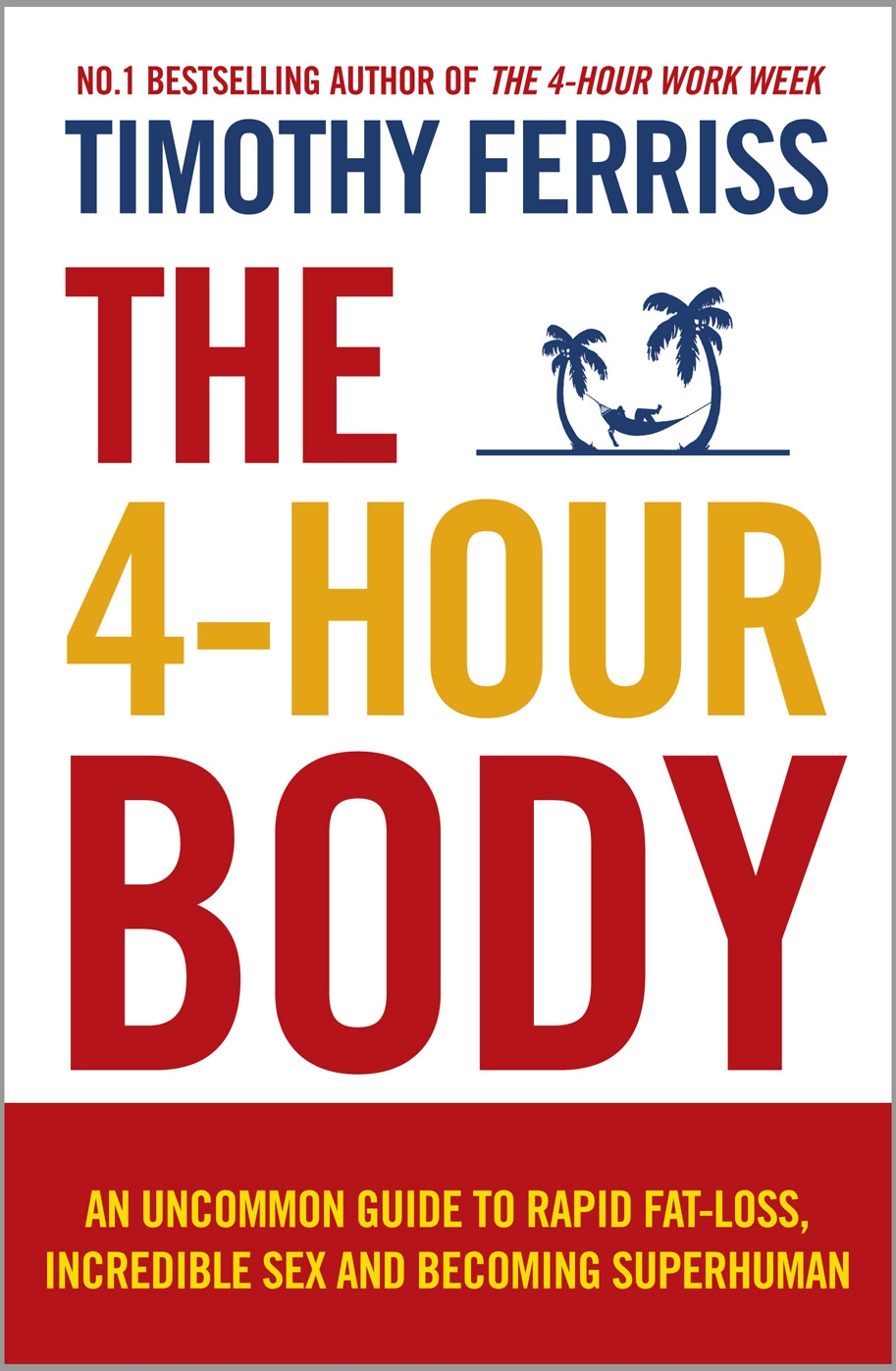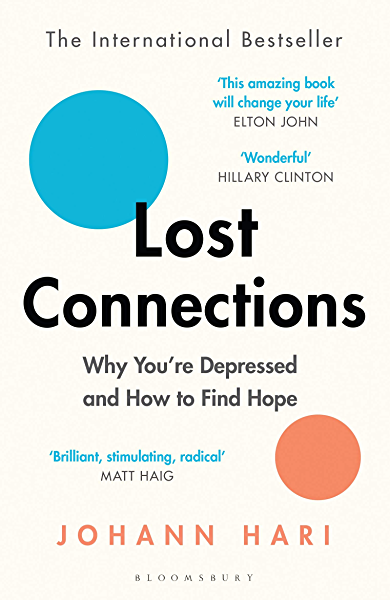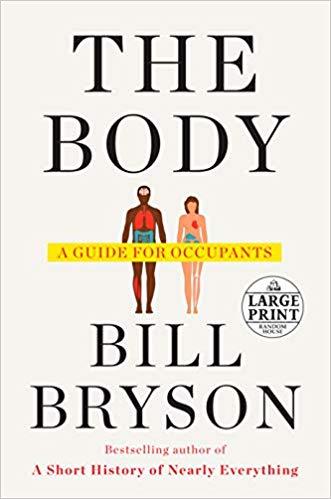How Not To Die
by
- Health
- Ashto =
- Jonesy =
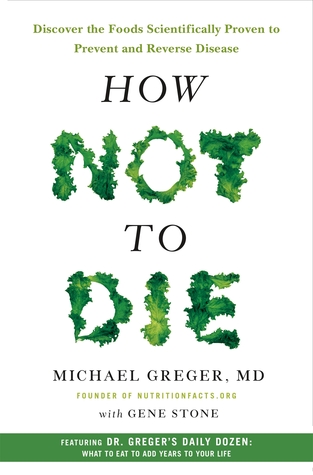
What You Will Learn from How Not to Die
This week, Ashto and Jonesy will delve into some of the major findings of Dr Greger’s decades of research on the 15 top causes of premature death. How Not to Die is filled with helpful advice to prevent chronic illnesses and get better health outcomes through consuming healthier foods. It has been repeatedly proven that healthier diets (such as whole-food or plant-based diets) aren’t just effective in preventing diseases, but often stop them on their track. From How Not to Die, we all can learn how nutritional and lifestyle interventions can sometimes trump prescription pills or other pharmaceutical and surgical approaches. This week, we’ll learn how to apply Dr Greger’s practical and actionable advice to live healthier lives and not die from chronic diseases prematurely.
The Importance of Diet for Your Overall Health
Here’s Dr Greger’s way to simplify what changes you should make to your diet. Ask which foods are good for you, and which are bad. This sounds like a simple enough question, but in truth, it’s quite difficult to answer. Whenever Dr Greger is asked whether a certain food is healthy or not, he has to invariably reply: ‘Compared to what?’ For example, are eggs healthy? Compared to oatmeal? No. But compared to the sausages next to them on the breakfast platter? Yes.
Eating is essentially a zero-sum game: When you choose to eat one thing, you are generally choosing not to eat another. Sure, you could just go hungry, but eventually, your body tends to balance things out by eating more later. So whatever we choose to eat has an opportunity cost.
Every time you put something in your mouth, it’s a lost opportunity to put something even healthier in there. Think of it as having $2,000 in your daily caloric bank. How do you want to spend it? For the same number of calories, you can eat one Big Mac, one hundred strawberries, or a five-gallon bucket of salad. Of course, these three options don’t exactly fill the same culinary niche – if you want a burger, you want a burger, but this is an illustration of how mountainous a nutritional bang you can get for the same caloric buck.
So when it comes to simplifying healthy eating, Dr Greger proposed two effective methods you can use:
- The traffic lights
- The daily dozens
The Traffic Lights
The U.S. government’s official dietary guidelines for Americans have (as of this writing) a chapter titled ‘Food Components to Reduce’ which specifically lists added sugars, calories, cholesterol, saturated fat, sodium, and trans fat. At the same time, there are nine so-called shortfall nutrients, of which at least a quarter of the American population isn’t reaching an adequate intake. These are fiber; the minerals calcium, magnesium, and potassium; and vitamins A, C, D, E, and K.
But you don’t eat food components; you eat food. So which foods tend to have the most of the good stuff and the least of the bad? Dr Greger has simplified it into a traffic light illustration. Just as on the road, green means go, yellow means caution and red means stop (as in, stop and think before you put it into your mouth). Ideally, green-light foods should be maximised, yellow-light ones minimised, and red-light foods avoided.
- Green light: unprocessed plant foods (eg: fruits, vegetables, berries, nuts, seeds)
- Yellow light: processed plant foods & unprocessed animal foods (eg: tofu, pasta, bread and chicken breast, steak, lamb chops)
- Red light: ultra-processed plant foods & processed animal foods (eg: high fructose corn syrup, mass-produced veggie burgers or bacon, ham, sausages, hot dogs)
The healthiest diet is one that maximises the intake of whole plant foods and minimises the intake of animal-based foods and processed junk. Simply put, eat more green-light foods. Eat fewer yellow-light foods, And, especially, eat even fewer red-light foods. Just like running red lights in the real world, you may be able to get away with it once in a while, but Dr Greger wouldn’t recommend making a habit out of it.
The Daily Dozen
Whole-food, plant-based nutrition – these terms are pretty self-explanatory, right? But aren’t some green-light foods better than others? For example, you can apparently live extended periods eating practically nothing but potatoes. That would, by definition, be a whole-food, plant-based diet – but not a very healthy one.
All plant foods aren’t created equal. The more Dr Greger’s researched over the years, the more he’s come to realise that healthy foods aren’t necessarily interchangeable. Some foods and food groups have special nutrients not found in abundance elsewhere. For example, sulforaphane, the amazing liver-enzyme detox-boosting compound, is derived nearly exclusively from cruciferous vegetables. You could eat tons of other kinds of greens and vegetables on a given day and get no appreciable sulforaphane if you didn’t eat something cruciferous.
Whenever Dr Greger was sitting down to a meal, he would ask himself: Could I add greens to this? Could I add beans to that? Can I sprinkle on some flax or pumpkin seeds, or maybe some dried fruit? The checklist got him into the habit of thinking: How can I make this meal even healthier?
The checklist also helped him picture what a meal might look like. Looking over the checklist, he could see there are three servings each of beans, fruits, and whole grains, and about twice as many veggies in total than any other food component. Glancing at his plate, Dr Greger could imagine one-quarter of it filled with grains, one-quarter with legumes, and a half plate filled with vegetables, along with maybe a side salad and fruit for dessert.
Conclusion of How Not to Die
There is no need to be obsessive about the traffic light or daily dozen methods. If you eat poorly on one day, just try to eat better the next. How Not to Die includes a checklist that may serve as a helpful reminder to try to eat a variety of the healthiest foods every day. And of course, if your diet regularly looks like this, you’ve got the best way to reduce the risk of developing chronic illnesses or other health conditions.

